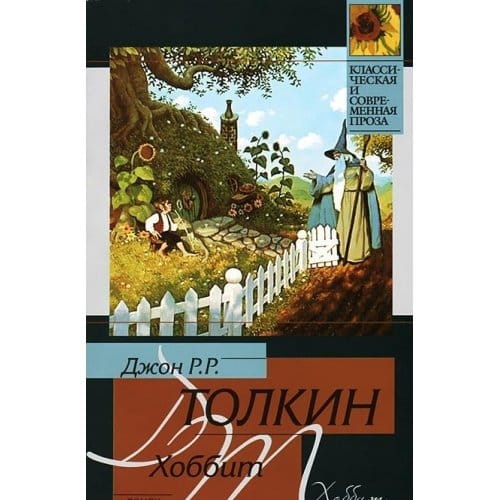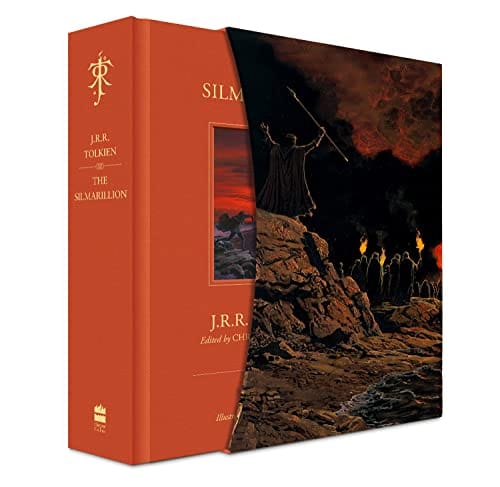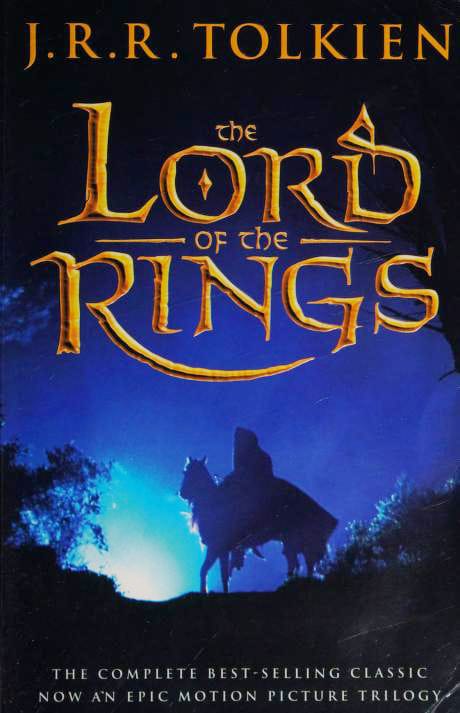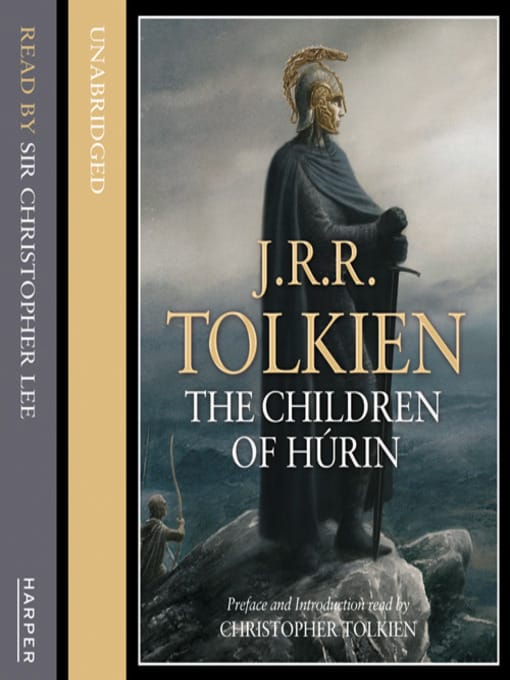Beren and Lúthien: Tolkien’s Timeless Tale of Love and Courage
Discover how Beren and Lúthien’s epic First Age romance shaped Middle-earth, inspired Tolkien’s other works, and continues to resonate with fantasy fans today.
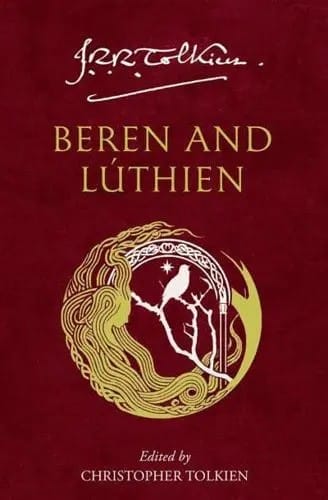
Introduction
Few romances in fantasy literature have captured readers’ imaginations like the story of Beren and Lúthien. Rooted deep in J.R.R. Tolkien’s legendarium, the tale predates The Hobbit and The Lord of the Rings yet echoes through both works. A mortal man and an immortal elf-maiden defy cosmic odds, a dark lord, and even death itself to be together. Their saga, written and revised over decades, blends high adventure with intimate emotion, illustrating Tolkien’s lifelong fascination with sacrifice, fate, and the power of undying love.
The Tale Within the Legendarium
Set during the First Age of Middle-earth, the narrative unfolds in The Silmarillion and later in the standalone volume Beren and Lúthien. Beren, a human outlaw from the House of Bëor, wanders into Doriath after escaping the devastation wrought by Morgoth. There he beholds Lúthien, daughter of King Thingol and the Maia Melian, dancing under moonlight in the forest of Neldoreth. Their meeting ignites an affection so powerful that it challenges the laws set by both Elves and Valar. When Thingol forbids the match, he demands a bride-price he believes impossible: a Silmaril jewel from Morgoth’s iron crown.
The Daring Quest for the Silmaril
What follows is one of Tolkien’s most exhilarating quests. Beren sets out with little hope, driven by love rather than glory. Lúthien, rejecting passive imprisonment, escapes her father’s stronghold and joins Beren on the perilous journey north to Angband. With the aid of Finrod Felagund, the hound Huan, and Lúthien’s own enchantments, they infiltrate the fortress of the Dark Lord. Through song and sorcery she lulls Morgoth and his court to sleep, allowing Beren to cut a Silmaril free. Though they lose the jewel twice—first to the werewolf Carcharoth and later to doom on the borders of Doriath—the quest proves the strength of their bond. Ultimately Beren is slain, and Lúthien chooses mortality so they may share a single fate beyond the circles of the world.
Enduring Themes of Love and Mortality
The tale resonates because it unites cosmic scope with deeply personal stakes. Tolkien contrasts Beren’s finite existence with Lúthien’s agelessness, asking what love means when measured against eternity. Their willingness to sacrifice status, safety, and even life itself embodies the eucatastrophe—the unexpected turn from despair to joy—that Tolkien considered the heart of myth. The story also establishes mortality as a mysterious gift, a theme revisited in Aragorn and Arwen’s relationship millennia later. By choosing death for love, Lúthien transforms loss into renewal, hinting at a hope beyond Middle-earth.
Mythic Roots and Literary Influences
Beren and Lúthien draw on a wide range of myths, from the Celtic legend of Culhwch and Olwen to the Germanic tale of Siegmund and Sieglinde. Tolkien’s academic life steeped in philology, especially his work with Welsh and Finnish languages, shaped the lyrical names and landscapes of the story. Yet the most personal influence was Edith Bratt, Tolkien’s wife. After watching her dance in a woodland glade in 1917, he penned the first version of the narrative while recovering from the trenches of World War I. Their shared gravestone bears the names “Beren” and “Lúthien,” underscoring how art and life intertwined.
Impact on Middle-earth’s History
The couple’s actions ripple far beyond their own lives. By wresting a Silmaril from Morgoth, they inflict the first true wound upon the Dark Lord’s pride, foreshadowing his ultimate defeat. Their son, Dior Eluchíl, becomes the heir of Doriath and passes the Silmaril to the Elven realm across the sea, an act that triggers the tragic Oath of the Sons of Fëanor and the Second Kinslaying. Through Dior’s daughter Elwing and down the ages to Aragorn, the bloodline of Man, Elf, and even Maia converges, symbolizing hope’s persistence despite sorrow.
From Manuscripts to Modern Editions
Tolkien continually revised the tale, producing prose, poetic lays, and fragmentary drafts. In 1977, his son Christopher incorporated the definitive version into The Silmarillion. Four decades later, Christopher published Beren and Lúthien as a standalone work, presenting multiple textual iterations side by side. The volume reveals the evolving artistry behind the story and highlights Tolkien’s spare yet potent language, making the legend accessible to new generations while satisfying long-time scholars.
Legacy in Adaptations and Fandom
Although the full romance has yet to grace the silver screen, echoes appear in Peter Jackson’s film trilogy through Aragorn’s nightly ballad of Lúthien. Fan art, graphic novels, and symphonic compositions re-imagine the lovers’ flight beneath the stars. The tale’s motifs—an impossible quest, shapeshifting, heroic song—have influenced modern fantasy writers from Guy Gavriel Kay to Patrick Rothfuss. Meanwhile, hikers in the English Midlands still visit the woodland glades that inspired Tolkien’s vision, blending real-world geography with mythic resonance.
Conclusion
Beren and Lúthien is more than a chapter in Middle-earth’s chronology; it is the beating heart that animates Tolkien’s entire mythology. By weaving romance, heroism, and theological reflection into a single narrative, Tolkien created a timeless archetype for lovers who challenge doom itself. Whether encountered within The Silmarillion, sung by Aragorn at Weathertop, or read anew in the 2017 volume, their story continues to remind readers that even in the darkest halls of the enemy, a single song of love can kindle light beyond all shadow.
